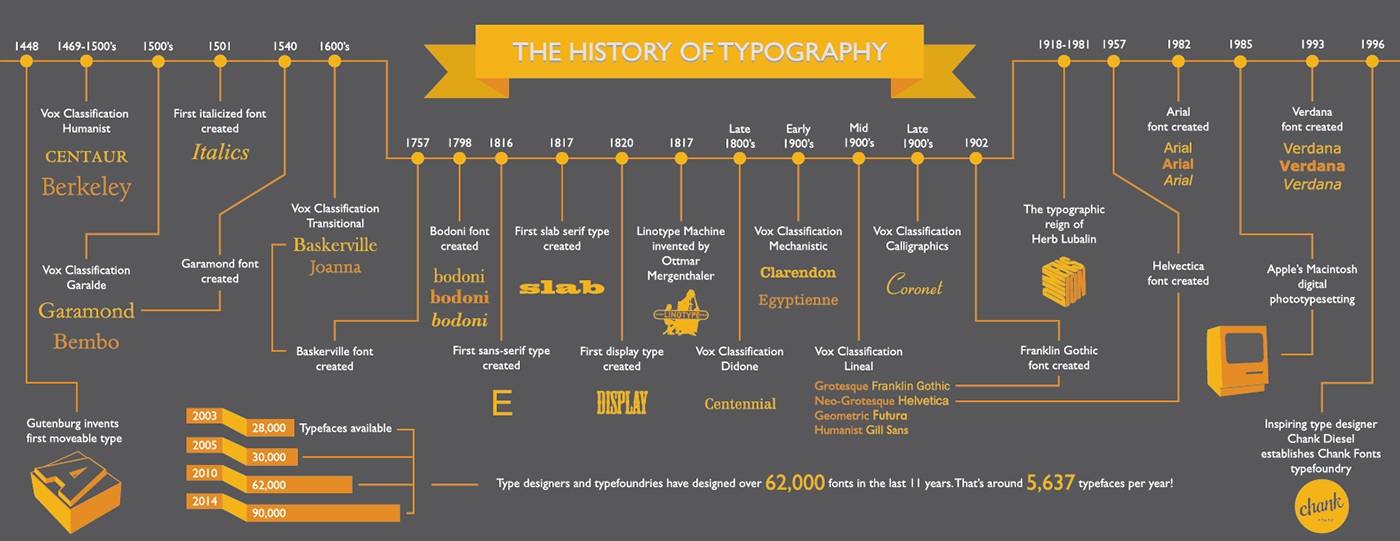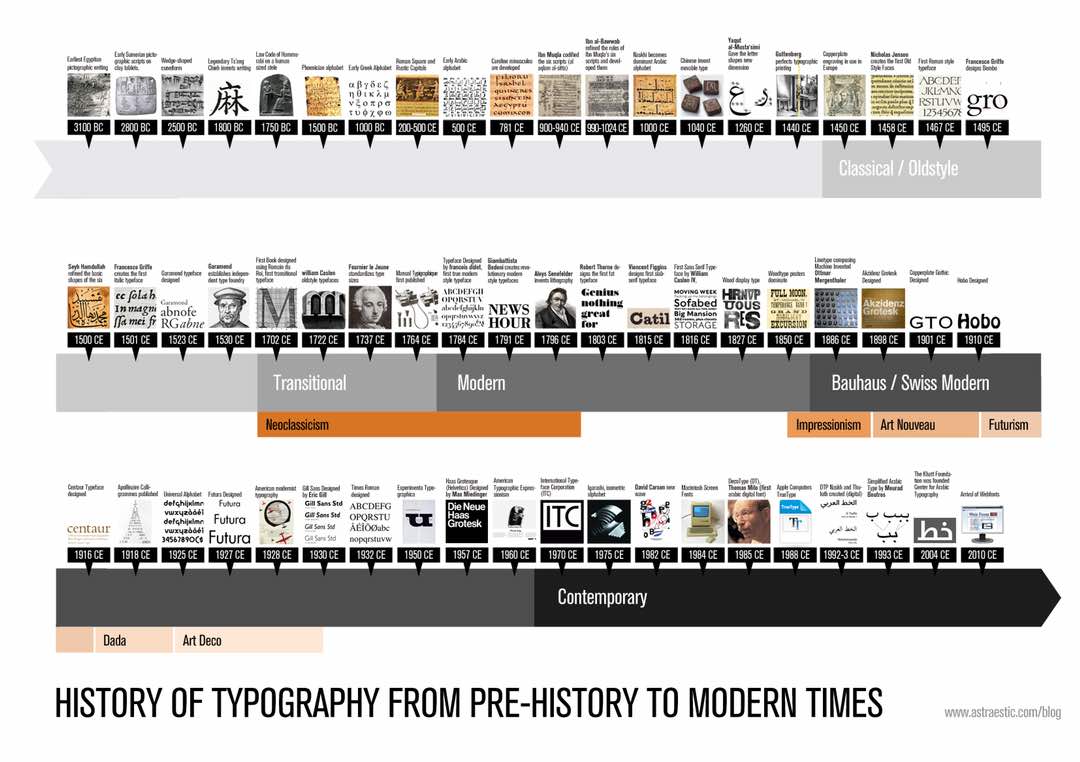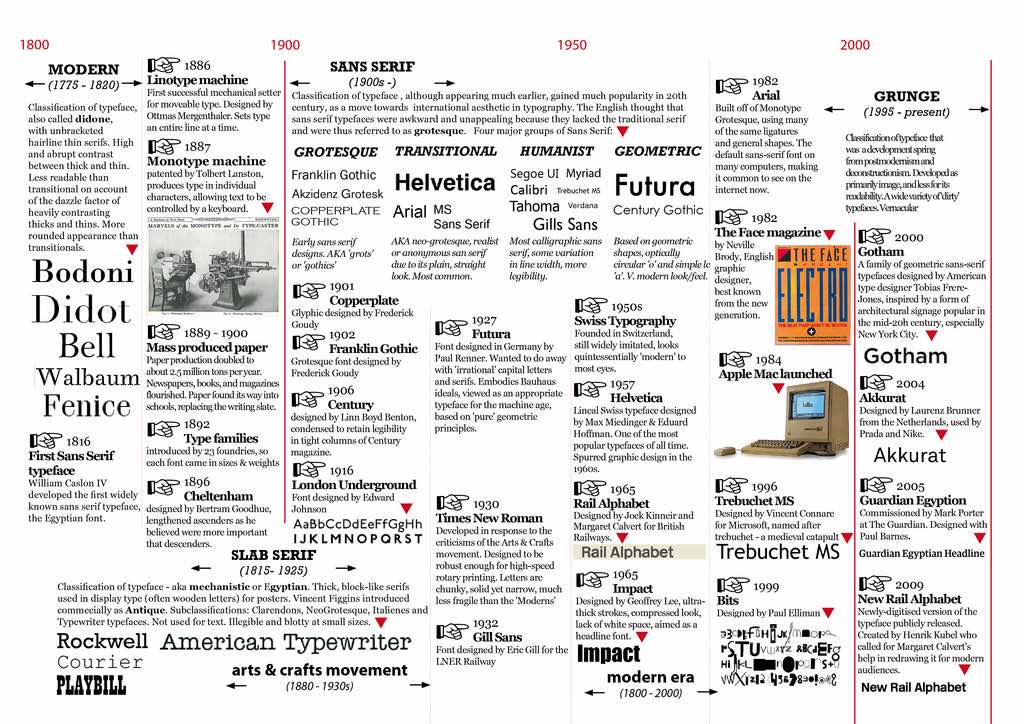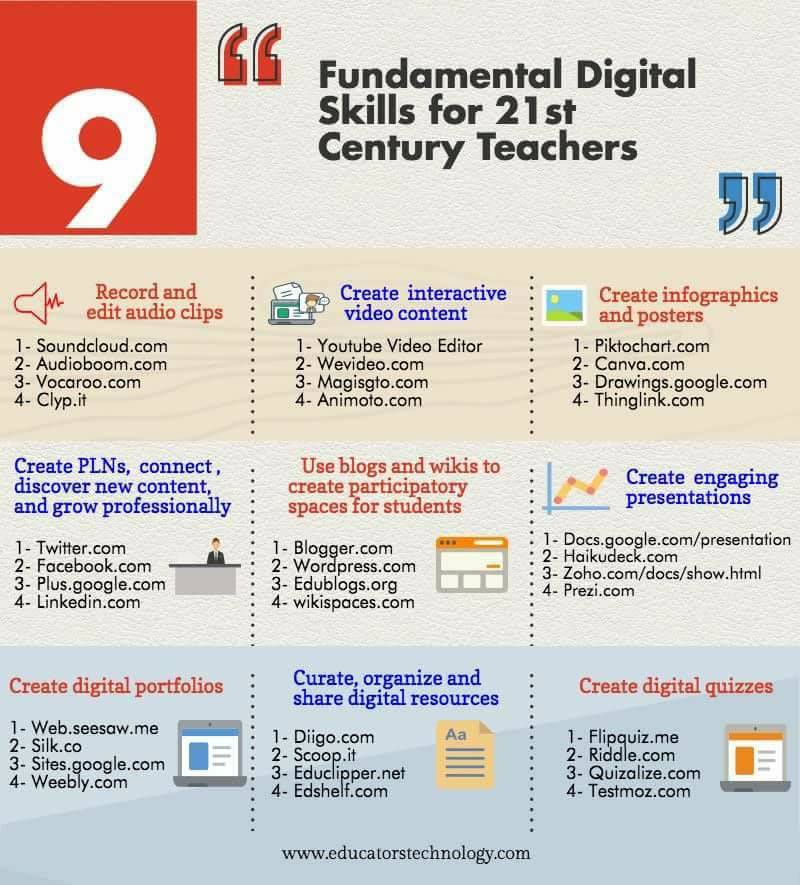From Handbook Alternative Assessment@UiTM. Now, I turned it into a video. Feel free to see the video “EASY STEPS DEVELOPING A RUBRIC”.
#highereducation #assessment #evaluation #rubric #grading #alternativeassessment #learning #teaching
From Handbook Alternative Assessment@UiTM. Now, I turned it into a video. Feel free to see the video “EASY STEPS DEVELOPING A RUBRIC”.
#highereducation #assessment #evaluation #rubric #grading #alternativeassessment #learning #teaching
There a lot of lesson plan examples available on the net. My example is based on the experience and reflection conducting a teaching and learning process. The teacher can be versatile and creative to do their best. Don’t forget to subscribe and on the notification for new content.
Thank you and have a good day!
Salam Ramadhan.
#highereducation #education #lessonplan #studentcenteredlearning #scl #teaching #learning #assessment #covid-19
Social media tools can complement effective teaching strategies that encourage students to practice reflexive, communicative, critical thinking and problem solving skills in collaborative environments. Other drivers for the uptake of social media tools in teaching and learning include:
Student engagement and experience: Student engagement is linked with high-quality learning outcomes while interactions—with teachers, peers and content— is identified as an important aspect of engagement and the overall student experience.
Active learning: There is a wide body of research on the effectiveness of active learning to increase learner engagement through a range of learning activities designed to promote higher order thinking such as peer instruction, case-based learning and problem solving activities.
Access to information & technology: Several UQ surveys indicate that the majority of students own some sort of smart device with access to a vast array of useful information to research, curate, assimilate and share.
Student-centred and social learning: Contemporary theories of learning suggest that learning is more meaningful when designed from the point of view of the learner who is able to construct, contribute and resynthesise knowledge with a cohort of learners.
Digital literacy and citizenship: Embedding social media tools in teaching and learning also provides opportunities to promote good practices in using technology to support research skills, information and digital literacy as well as protocols and cultural mores for digital citizenship.
Source: http://www.uq.edu.au/teach/social-media-tools/about.html

20 Collaborative Learning Tips And Strategies For Teachers contributed by Miriam Clifford (source taken from https://www.teachthought.com/pedagogy/20-collaborative-learning-tips-and-strategies/)
There is an age-old adage that says “two heads are better than one.”
Consider collaboration in recent history: Watson and Crick or Page and Brin (Founders of Google). But did you know it was a collaborative Computer Club about basic programming at a middle school that brought together two minds that would change the future of computing?
Yes, those two were, of course, Bill Gates and Paul Allen, the founders of Microsoft. Collaborative learning teams are said to attain higher level thinking and preserve information for longer times than students working individually. Why is this so?
Groups tend to learn through “discussion, clarification of ideas, and evaluation of other’s ideas.” Perhaps information that is discussed is retained in long-term memory. Research by Webb suggests that students who worked collaboratively on math computational problems earned significantly higher scores than those who worked alone. Plus, students who demonstrated lower levels of achievement improved when working in diverse groups.
Collaborative learning teams are said to attain higher level thinking and preserve information for longer times than students working individually. Many consider Vygotsky the father of ‘social learning.’ Vygotsky was an education rebel in many ways. Vygotsky controversially argued for educators to assess students’ ability to solve problems, rather than knowledge acquisition. The idea of collaborative learning has a lot to do with Vygotsky’s idea of the “zone of proximal development”. It considers what a student can do if aided by peers and adults. By considering this model for learning, we might consider collaboration to increase students’ awareness of other concepts. What are some ways to include best practices for collaborative learning in our classroom?
1. Establish clear group goals
Effective collaborative learning involves the establishment of group goals, as well as individual accountability. This keeps the group on task and establishes an unambiguous purpose. Before beginning an assignment, it is best to define goals and objectives to save time.
2. Keep groups midsized
Small groups of 3 or less lack enough diversity and may not allow divergent thinking to occur. Groups that are too large create ‘freeloading’ where not all members participate. A moderate size group of 4-5 is ideal.
3. Establish flexible group norms
Research suggests that collaborative learning is influenced by the quality of interactions. Interactivity and negotiation are important in group learning. In the 1960’s studies by Jacobs and Campbell suggested that norms are pervasive, even deviant norms were handed down and not questioned.
If you notice a deviant norm, you can do two things: rotate group members or assist in using outside information to develop a new norm. You may want to establish rules for group interactions for younger students. Older students might create their own norms. But remember, given their durable nature, it is best to have flexible norms. Norms should change with situations so that groups do not become rigid and intolerant or develop sub-groups.
4. Build trust and promote open communication
Successful interpersonal communication must exist in teams. Building trust is essential. Deal with emotional issues that arise immediately and any interpersonal problems before moving on. Assignments should encourage team members to explain concepts thoroughly to each other. Studies found that students who provide and receive intricate explanations gain most from collaborative learning. Open communication is key.
5. For larger tasks, create group roles
Decomposing a difficult task into parts to saves time. You can then assign different roles. A great example in my own classroom was in science lab, fifth grade student assumed different roles of group leader, recorder, reporter, and fact checker. The students might have turns to choose their own role and alternate roles by sections of the assignment or classes.
6. Create a pre-test and post-test
A good way to ensure the group learns together would be to engage in a pre and post-test. In fact, many researchers use this method to see if groups are learning. An assessment gives the team a goal to work towards and ensures learning is a priority. It also allows instructors to gauge the effectiveness of the group. Changes can be made if differences are seen in the assessments over time. Plus, you can use Bloom’s taxonomy to further hone in on specific skills.
Individuals should also complete surveys evaluating how well the group functioned. “Debriefing” is an important component of the learning process and allows individuals to reflect on the process of group learning.
7. Consider the learning process itself as part of an assessment
Many studies such as those by Robert Slavin at Johns Hopkins have considered how cooperative learning helps children develop social and interpersonal skills. Experts have argued that the social and psychological effect on self-esteem and personal development are just as important as the learning itself.
In terms of assessment, it may be beneficial to grade students on the quality of discussion, student engagement, and adherence to group norms. Praise younger groups for following (for digital collaborative learning, for example) standards. This type of learning is a process and needs explicit instruction in beginning stages. Assessing the process itself provides motivation for students to learn how to behave in groups. It shows students that you value meaningful group interactions and adhering to norms.
8. Consider using different strategies, like the Jigsaw technique.
The jigsaw strategy is said to improve social interactions in learning and support diversity. The workplace is often like a jigsaw. It involves separating an assignment into subtasks, where individuals research their assigned area. Students with the same topic from different groups might meet together to discuss ideas between groups. This type of collaboration allows students to become “experts” in their assigned topic. Students then return to their primary group to educate others. There are other strategies discussed here by the University of Iowa, such as using clusters, buzz groups, round robin, leaning cells, or fish bowl discussions.
9. Allow groups to reduce anxiety
When tackling difficult concepts, group learning may provide a source of support. Groups often use humor and create a more relaxed learning atmosphere that allows for positive learning experiences. Allow groups to use some stress-reducing strategies as long as they stay on task.
10. Establish group interactions
The quality of discussions is a predictor of the achievement of the group. Instructors should provide a model of how a successful group functions. Shared leadership is best. Students should work together on the task and maintenance functions of a group. Roles are important in group development. Task functions include:
Maintenance involves the harmony and emotional well-being of a group. Maintenance includes roles such as sensing group feelings, harmonizing, compromising and encouraging, time-keeping, relieving tension, bringing people into the discussion, and more.
11. Use real-world problems
Experts suggest that project-based learning using open-ended questions can be very engaging. Rather than spending a lot of time designing an artificial scenario, use inspiration from everyday problems. Real world problems can be used to facilitate project-based learning and often have the right scope for collaborative learning.
12. Focus on enhancing problem-solving and critical thinking skills
Design assignments that allow room for varied interpretations. Different types of problems might focus on categorizing, planning, taking multiple perspectives, or forming solutions. Try to use a step-by-step procedure for problem-solving. Mark Alexander explains one generally accepted problem-solving procedure:
13. Keep in mind the diversity of groups
Mixed groups that include a range of talents, backgrounds, learning styles, ideas, and experiences are best. Studies have found that mixed aptitude groups tend to learn more from each other and increase achievement of low performers. Rotate groups so students have a chance to learn from others.
14. Consider demographics
Equally, balanced gender groups were found to be most effective.
Some research suggests that boys were more likely to receive and give elaborate explanations and their stances were more easily accepted by the group. In majority male groups girls were ignored. In majority girl groups, girls tended to direct questions to the boy who often ignored them. You may also want to specifically discuss or establish gender equality as a norm. This may seem obvious, but it is often missed. It may be an issue you may want to discuss with older students.
15. Use scaffolding or diminished responsibility as students begin to understand concepts.
At the beginning of a project, you may want to give more direction than the end. Serve as a facilitator, such as by gauging group interactions or at first, providing a list of questions to consider. Allow groups to grow in responsibility as times goes on. In your classroom, this may mean allowing teams to develop their own topics or products as time goes on. After all, increased responsibility for learning is a goal in collaborative learning.
16. Include different types of learning scenarios
Studies suggest that collaborative learning that focuses on rich contexts and challenging questions produces higher-order reasoning. Assignments can include laboratory work, study teams, debates, writing projects, problem-solving, and collaborative writing.
17. Technology makes collaborative learning easier
Collaboration had the same results via technology as in person, increased learning opportunities. Try incorporating free savvy tools for online collaboration such as Stixy, an online shared whiteboard space, Google groups, or Mikogo for online meetings. Be aware that some research suggests that more exchanges related to planning rather than challenging viewpoints occurred more frequently through online interactions.
This may be because the research used students that did not know one another. If this is your scenario, you may want to start by having students get to know each other’s backgrounds and ideas beforehand on a blog or chat-board.
18. Avoid ‘bad group work’
As with any learning strategy, it’s important to have a balanced approach. Cynics usually have a valid point. A recent New York time article cites some criticism of collaboration for not allowing enough time for individual, creative thinking. You may allow some individual time to write notes before the groups begin. This may be a great way to assess an individual grade.
19. Be wary of “group think”
While collaborative learning is a great tool, it is always important to consider a balanced approach. At times, group harmony can override the necessity for more critical perspectives. Some new research suggests that groups favored the more confident members. Changing up groups can help counter this problem.
20. Value diversity
Collaborative learning relies on some buy-in. Students need to respect and appreciate each other’s viewpoints for it to work. For instance, class discussions can emphasize the need for different perspectives. Create a classroom environment that encourages independent thinking. Teach students the value of multiplicity in thought. You may want to give historical or social examples where people working together were able to reach complex solutions.
By definition, learning is social in nature. Using different mediums, whether it be books, discussions, technology or projects we study and develop new ideas. We impart ideas and share perspectives with others. Collaboration is a learned process. If managed correctly, it is a powerful tool that can allow educators to tap into new ideas and information.
Flipped Learning is a SUBSET.
The relationship between both (Blended and Flipped Learning); 1) set learning objective, 2) teaching approaches and 3) collaboration and reflection 4) integration of technology in teaching.
More explanation about Blended and Flipped Learning
Sources:
1. https://elearningindustry.com/blended-learning-vs-flipped-learning-can-tell-difference
2. https://link.springer.com/article/10.1007/s10639-017-9636-8
3. http://www.celt.iastate.edu/teaching/teaching-format/blended-learning-and-the-flipped-classroom



Digital portfolios are great teaching, learning, and assessment tools. In today’s post we are focusing on the learning part and are looking at e-portfolios from a student-centric perspective. To learn how teachers can leverage the powerful of portfolios in their instruction, check out Arter and Spandel (1992) paper (see reference list at the bottom of this page). By definition, a portfolio, according to Arter and Spandel, ‘is a purposeful collection of student work that exhibits to the student, or others, her efforts or achievement in one or more areas’ (cited in Baki and Birgin, 2007, p. 77). The key word here is ‘purposeful’, a portfolio is different from a folder in that it has a purpose and is guided by a number of learning objectives and expected outcomes. Without intentional planning, a portfolio becomes a mere receptacle of one’s work.

Three processes are involved in portfolio creation: collection, selection, and reflection. Each of these processes trains students in a number of skills. Together they provide students with the appropriate mindset to help them take responsibility of their learning and thrive as budding life-long learners.
There are numerous benefits students will gain from incorporating portfolios in their learning. Here is a summarized list of some these benefits based on readings we did in this regard (see sources list at the bottom of this post).
Portfolios enable students to record their learning and document their growth over a period of time.
We have created an infographic version of this post. Check out here.
Sources:
Source taken from: https://www.educatorstechnology.com/2018/01/benefits-of-using-portfolios-in.html
Education is getting more and more digitized pushing us, teachers and educators, to re-conceptualize what it really means to be a teacher in the 21st century. Whether you are a technological determinist or a digital instrumentalist, technology has become an essential force shaping much of our teaching and pedagogy. It has also placed a number of demands and exigencies on us and to meet these exigencies we need to develop a set of key digital skills

| Digital Skills | Tools |
| Record and edit audio clips | · Soundcloud
· Audioboo · Vocaroo · Clyp |
| Create annotated, interactive and engaging video content | · Blubbr
· YouTube video editor · Blubbr · Teachem · TED Ed · Edpuzzle · Wevideo · Magisto |
| Create visually engaging content | · Piktochart
· Canva · Glogster |
| Use social networking websites to create PLNs, connect , discover new content, and grow professionally | · Twitter
|
| Use blogs and wikis to create participatory spaces for students | · Blogger
· Edublog · Kidblog · Weebly |
| Use Social bookmarking websites curate and share resources with your class | · Diigo
· Scoop.it · Edshelf · Symbaloo |
| Create Engaging presentations | · Google Slides
· Prezi |
| Create digital portfolios | · SeeSaw
· Silk · Weebly |
| Create non-traditional quizzes | · Testmoz
· FlipQuiz · Riddle · QuizBean |